Romans Often Erected Statues to Honor Important or Influential
Romans often erected statues to honor important or influential. A lmost from the time that cities first arose their inhabitants have filled them with statues and monuments as if such adornments were an essential ingredient of civilized urban life.

Roman Empire Legacies Art Architecture What Are Roman Legacies Video Lesson Transcript Study Com
The bottom two thirds of the resurrected pink granite Karnak obelisk were never found after.

. The Romans often used reliefs to depict important historical events. People have built monuments for thousands of years. This limestone tomb relief is from the ancient city of Palmyra which was an important intersection of trade routes.
In fact historians often study reliefs in order to understand important events from Roman history or to study Roman religion. Construction of the erechtheion the second important. The meaning of the.
You have to consider that the Roman erection of statues to different gods was probably offensive only to the Jews because of their insistence that their God was the one and only god. Whether in a shrine or temple or in a public space less overtly religious such as the Athenian agora statues of deities were reminders of the influence and special protection of the gods which permeated all aspects of Greek life. Often Romans created their statues to honor important influential Statesmen because they wanted people to remember then.
Some Roman sculptures are a pastiche of more than one Greek original others combine the image of a Greek god or athlete with a Roman portrait head. Important Romans were rewarded for their valor or greatness by having statues of themselves put on public display. Roman emperors wanted to be remember by the people and also to remind citizens of their big and influential power.
Footnote 111 Describing Romes splendors the chronicle of Pseudo-Zachariah Rhetor records 80 statues of gods in gold 64 in ivory 31 large pedestals of marble 3785 statues of emperors and commanders 25. These works usually made in marble or bronze frequently idealized their bodies and emphasized often fictional connections to great military commanders of the past. Mighty Carthage would field its greatest commander Hannibal Barca against Rome.
The Homeric heroes do noble deeds in the hope of winning honor and glory the praise of their fellows. Footnote 110 Prestigious monuments were removed from view and stored presumably during times of military or civil troubles that disturbed the city in the 5th c. The statue commemorated either the emperors victories over the Germanic tribes in 176 CE or his death in 180 CE.
Romans often erected statues to honor important or influential political officials or military commanders. The Romans built statues for several reasons. 531 began in the 430s and ended in 406 BCE just before the fall of Athens to Sparta.
The famous Dutch painter whose qualities included glowing light against dark backgrounds and truthful rendering of his subjects was. This is one of the lessers famous statue Romes most famous leader and can be found in front of the Roman Forum. Romans often erected statues to honor important or influential.
But the most important reason for a statue was as a means. The 352 m high gilded-bronze equestrian statue of Marcus Aurelius is one of the most imposing bronze statues surviving from antiquity. Pottery was an important and innovative art form in Islamic art.
Letters whether social or business should always adhere to a formal style avoiding anything personal. Roman sculptures were very often inspired by the Greeks. Romans often erected statues to honor important or influential.
Many artifacts and artworks survive from the Roman era. Next to a sacred lake near the Karnak Temple in Luxor Egypt archaeologists and engineers have re-erected a fully restored Karnak obelisk that was originally constructed and raised in 1457 BC in honor of the New Kingdom ruler Queen Hatshepsut. Statues and Civic Memory.
A statue could be erected as a memorial to a famous person a god or simply for decoration. The favored metal of Islamic artists is _____. Although many Roman sculptures are purely Roman in their conception others are carefully measured exact copies of Greek statues or variants of Greek prototypes adapted to the taste of the Roman patron.
No matter what your high school history teacher told you the Romans were not always the preeminent ancient group of ass-kickers history gives them credit for. Other more tolerant people probably accepted it as normal that the Romans would erect temples to their own gods just as they would build Roman aquaducts baths stadiums c. It was probably erected between 176-180 CE at an unknown location in Rome.
The statue doesnt date back to antiquity but instead to 1932 when Mussolini ordered bronze statues of famed Roman emperors including this one of Julius Caesar to be built around the city. - Construction of the erechtheion the second important temple erected on the Akropolis under Perikless building program fig. Monuments are objects or buildings that have been created to honor an important person or a historic event that happened.
The asymmetrical plan on several levels reflects the buildings. From the sixth to fifth century BC hundreds of statues were erected in honor of Athena on the Athenian Akropolis. The pages of Homer explain why.
What are statues memorials and monuments are built. In many cases they are symbols of ancient civilizations like the pyramids of ancient Egypt or. He would turn out to be a leader so great even the Romans would build statues in his honor.
Starting with Augustus the first emperor Roman leaders started to use statues as propaganda. The Roman empire extended more than 2000 miles in each direction from Rome encompassing lands as distant as modern-day Syria.
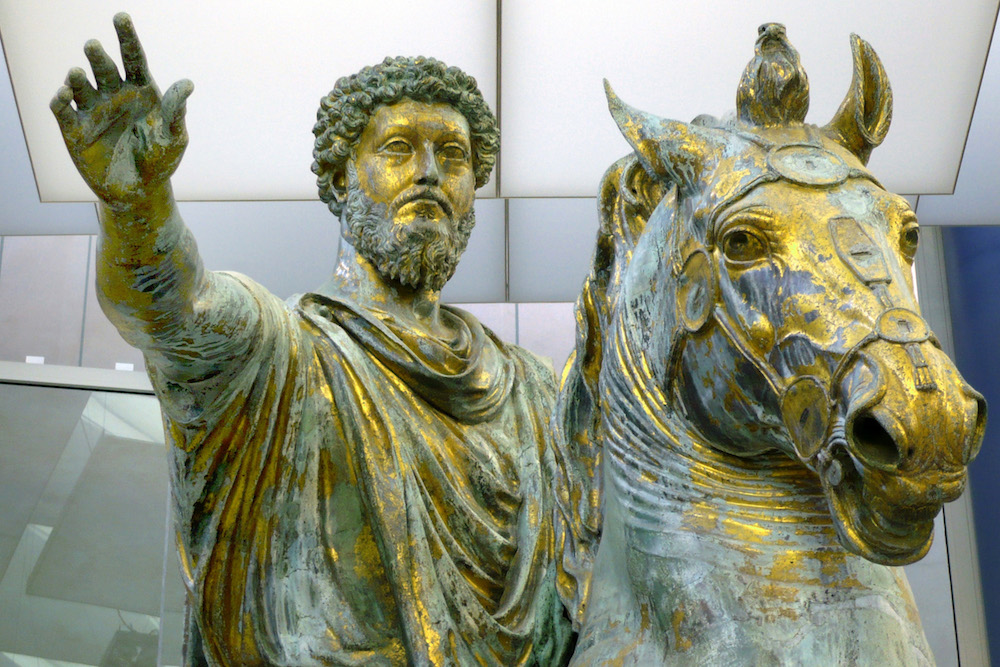
Why Are There So Many Statues Of Men On Horseback Essay Zocalo Public Square
What Were Some Of The Things That The Romans Copied From The Ancient Greeks Quora
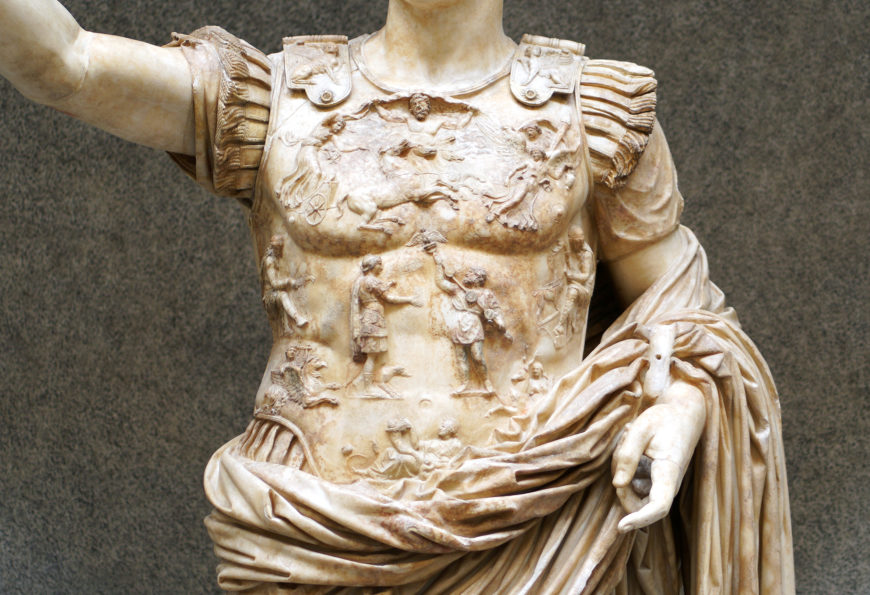
The Roman Empire Introduction To Art History I
Contexts For The Display Of Statues In Classical Antiquity Essay The Metropolitan Museum Of Art Heilbrunn Timeline Of Art History
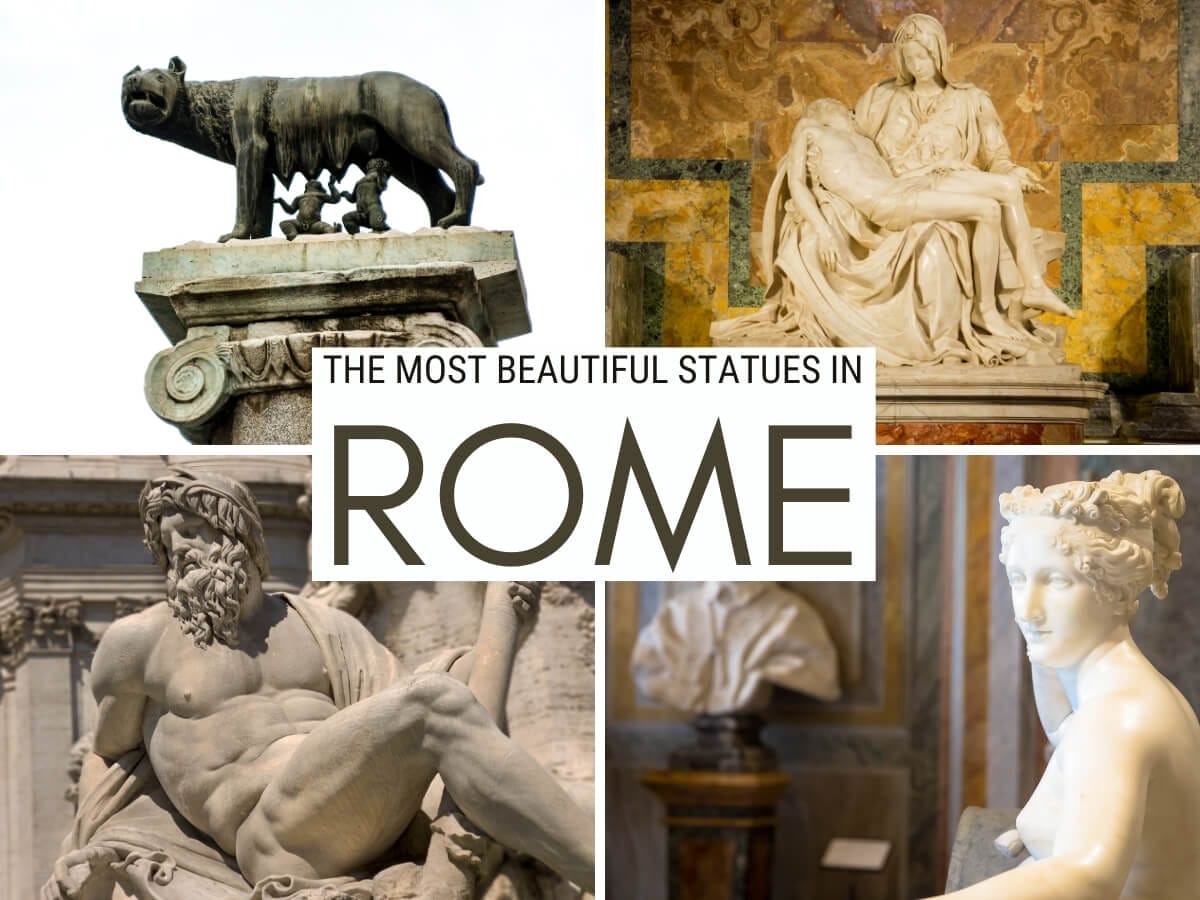
30 Best Statues In Rome You Absolutely Must See

Statue Habit And Statue Culture In Late Antique Rome Journal Of Roman Archaeology Cambridge Core

Why Are There So Many Statues Of Men On Horseback Essay Zocalo Public Square
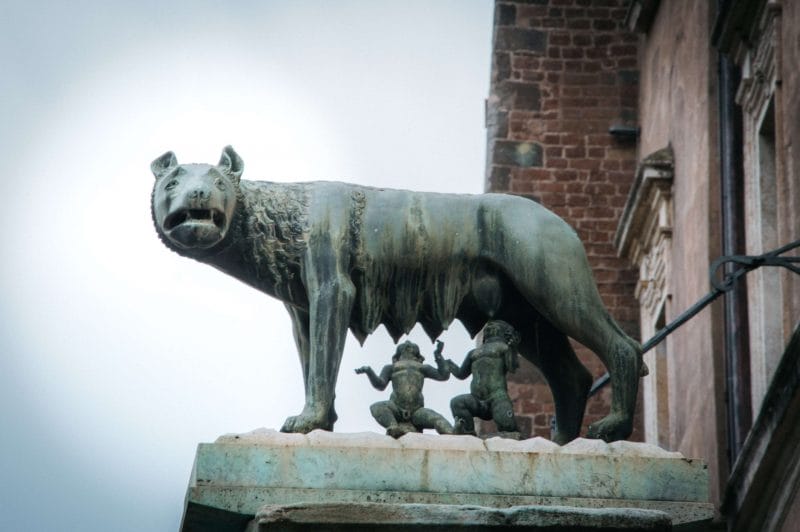
30 Best Statues In Rome You Absolutely Must See
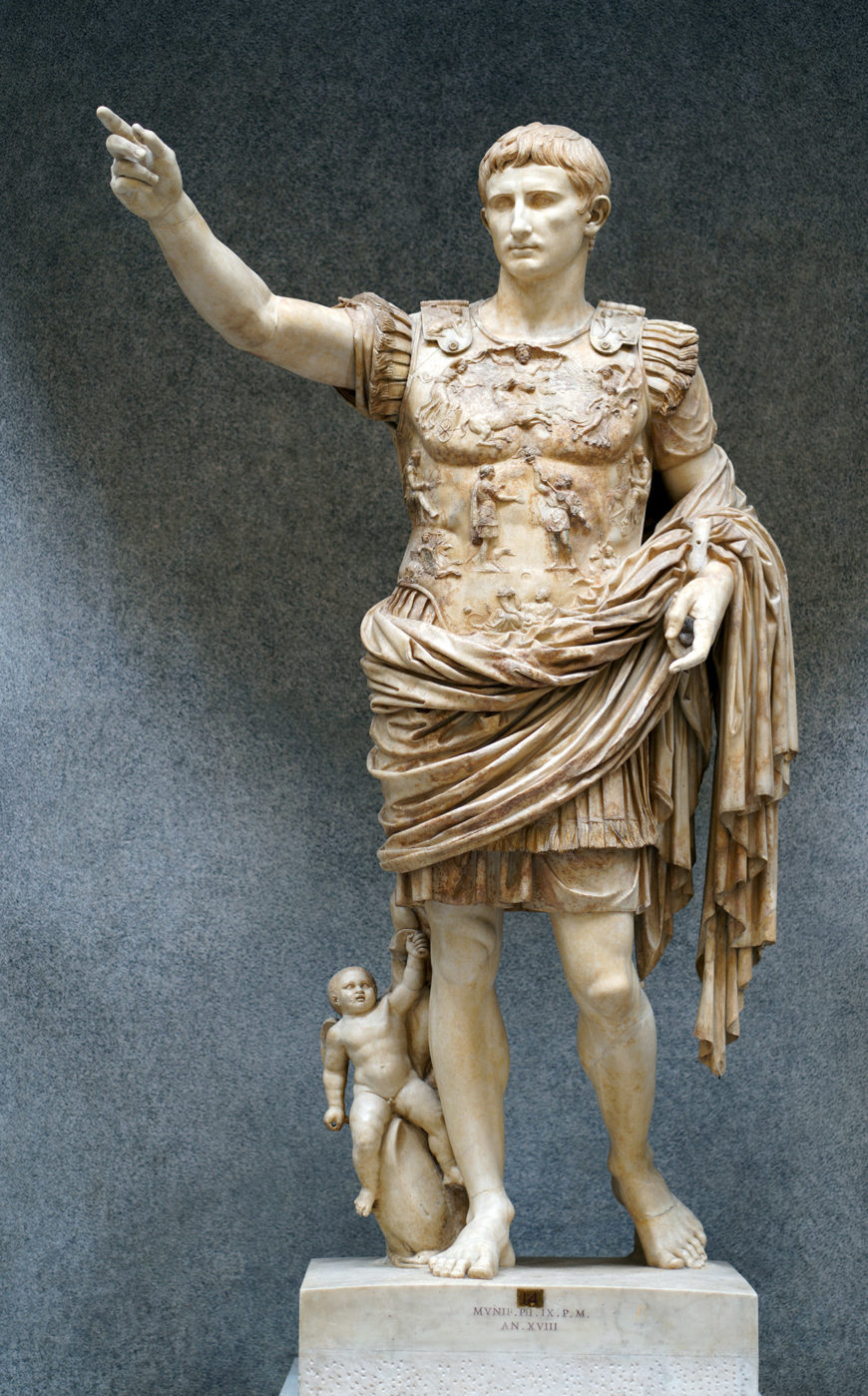
The Roman Empire Introduction To Art History I
Contexts For The Display Of Statues In Classical Antiquity Essay The Metropolitan Museum Of Art Heilbrunn Timeline Of Art History
Contexts For The Display Of Statues In Classical Antiquity Essay The Metropolitan Museum Of Art Heilbrunn Timeline Of Art History
Contexts For The Display Of Statues In Classical Antiquity Essay The Metropolitan Museum Of Art Heilbrunn Timeline Of Art History

Roman Empire Legacies Art Architecture What Are Roman Legacies Video Lesson Transcript Study Com
Contexts For The Display Of Statues In Classical Antiquity Essay The Metropolitan Museum Of Art Heilbrunn Timeline Of Art History
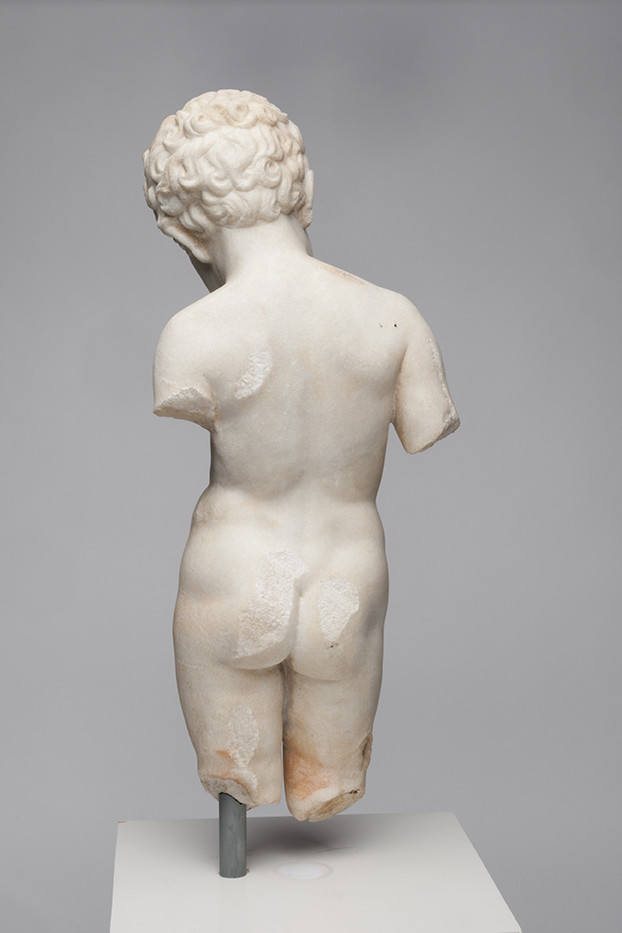
Roman Art At The Art Institute Of Chicago Cat 1 Statue Of A Young Boy 1st Century A D
What Were The Ancient Romans Opinion Of Greece Quora

Romans Often Erected Statues To Honor Important Or Influential Generals Statesmen Gladiators Brainly Com
Contexts For The Display Of Statues In Classical Antiquity Essay The Metropolitan Museum Of Art Heilbrunn Timeline Of Art History
Contexts For The Display Of Statues In Classical Antiquity Essay The Metropolitan Museum Of Art Heilbrunn Timeline Of Art History
Comments
Post a Comment